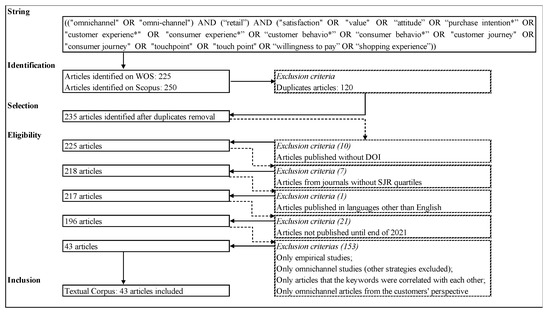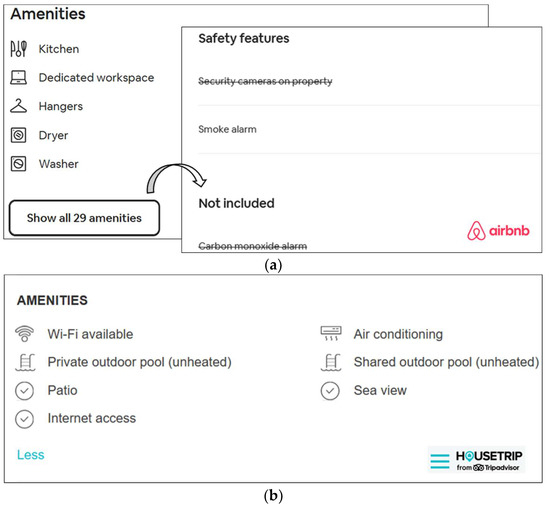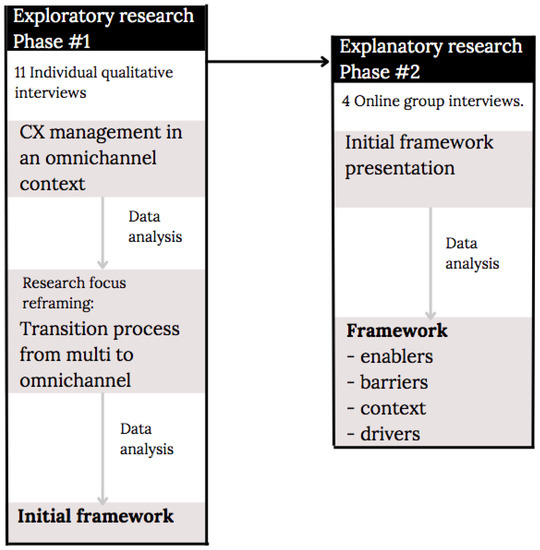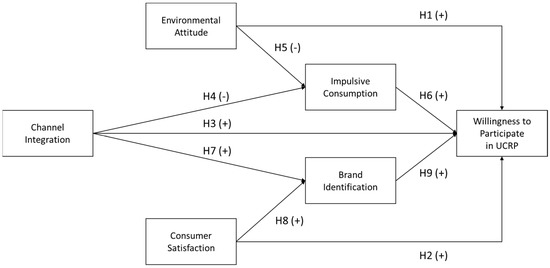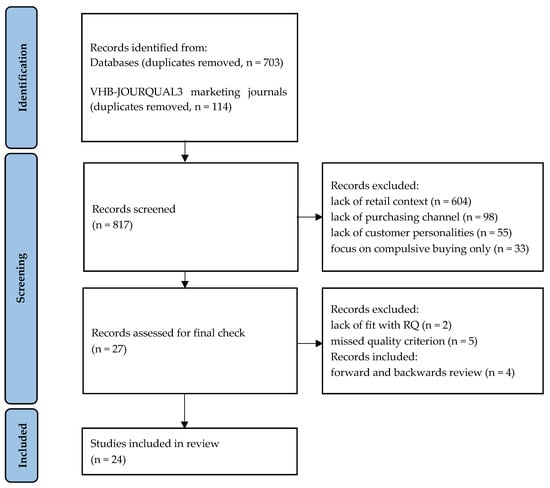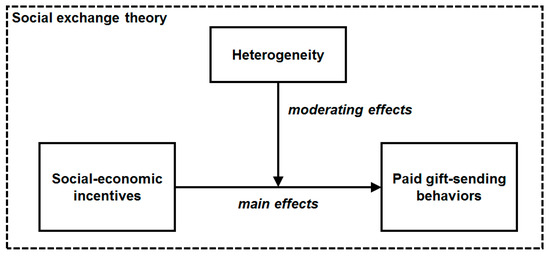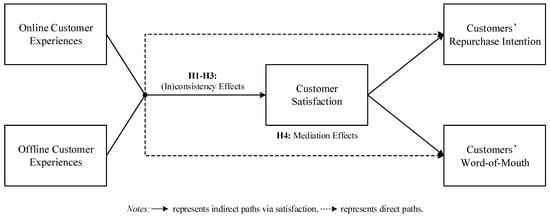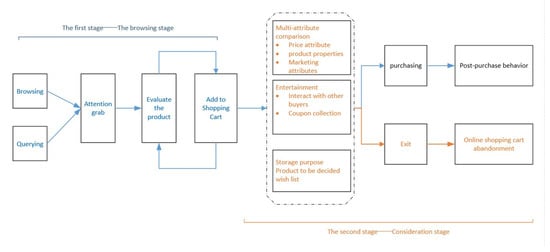Emerging Topics in Omni-Channel Operations
A topical collection in Journal of Theoretical and Applied Electronic Commerce Research (ISSN 0718-1876). This collection belongs to the section "Digital Marketing and the Connected Consumer".
Viewed by 62651Editors
Interests: supply chain management; e-commerce; sharing economy; platform strategy
Interests: e-business and e-commerce; information systems management; innovation and technology management; operations management; quality management; scheduling science; supply chain management
Special Issues, Collections and Topics in MDPI journals
Topical Collection Information
Dear Colleagues,
New technologies such as smart mobile devices, 5G in telecommunications, virtual reality/augmented reality (VR/AR), social network services (SNS), bilateral reviews, and personalized recommendations are facilitating the emergence of new business models and distribution channels, which expands the scope of the omnichannel supply chain and the related operations. With the rise of omnichannel operations, traditional business and e-commerce are faced with new challenges and opportunities, and new business models are emerging such as the crowdfunding/sharing economy, social media/livestreaming e-commerce, community group buying, retail/service platform, intermediary platform, opaque selling, knowledge sharing, etc. On the one hand, operations in retailing and supply chain management are become increasingly digital and intelligent. On the other hand, as technology advances and consumer behavior evolves, firms are expected to take advantage of such disruptive technologies and operations to provide consumers with a seamless and superior experience in their shopping journeys. To cope with the revolution in marketing and supply chain management represented by the omnichannel era, firms should re-think their strategies for product design (e.g., mass customization, product line evolution etc.), channel selection and integration, pricing and (targeted) promotion, and product information provision, delivery, and return policies.
The purpose of this Special Issue is to publish papers that rigorously address the emerging issues of operations in retailing and omnichannel supply chain management. Potential studies can quantitatively and/or qualitatively examine the impacts of emerging business models and distribution channels on traditional operations. In addition, researchers can target their studies at understanding the mechanisms of new business models and the features of emerging consumer behavior. This Special Issue is open to a broad range of research methodologies, including mathematical modeling, data analytics, empirical surveys, case studies, etc.
Examples of topics include, but are not limited to, the following:
- new technologies for e-commerce
- digital transformation
- social commerce
- platform economy
- sharing economy
- consumer behavior in the emerging business environment
- product line design and assortment planning
- pricing and revenue management
- information strategy for the online platform
- service strategy for the online platform
- product fulfillment/delivery and return policies
- channel selection and integration
- supply chain design
- targeted promotion
- personalization and privacy
- data analytics of new business models and consumer behavior
Prof. Dr. Gang Li
Prof. Dr. T.C. Edwin Cheng
Dr. Tao Zhang
Guest Editors
Manuscript Submission Information
Manuscripts should be submitted online at www.mdpi.com by registering and logging in to this website. Once you are registered, click here to go to the submission form. Manuscripts can be submitted until the deadline. All submissions that pass pre-check are peer-reviewed. Accepted papers will be published continuously in the journal (as soon as accepted) and will be listed together on the collection website. Research articles, review articles as well as short communications are invited. For planned papers, a title and short abstract (about 100 words) can be sent to the Editorial Office for announcement on this website.
Submitted manuscripts should not have been published previously, nor be under consideration for publication elsewhere (except conference proceedings papers). All manuscripts are thoroughly refereed through a single-blind peer-review process. A guide for authors and other relevant information for submission of manuscripts is available on the Instructions for Authors page. Journal of Theoretical and Applied Electronic Commerce Research is an international peer-reviewed open access quarterly journal published by MDPI.
Please visit the Instructions for Authors page before submitting a manuscript. The Article Processing Charge (APC) for publication in this open access journal is 1000 CHF (Swiss Francs). Submitted papers should be well formatted and use good English. Authors may use MDPI's English editing service prior to publication or during author revisions.
Keywords
- supply chain management
- retailing
- omnichannel
- e-commerce
- sharing economy
- platform strategy
- consumer behavior
- online review
- recommendation
- information strategy







